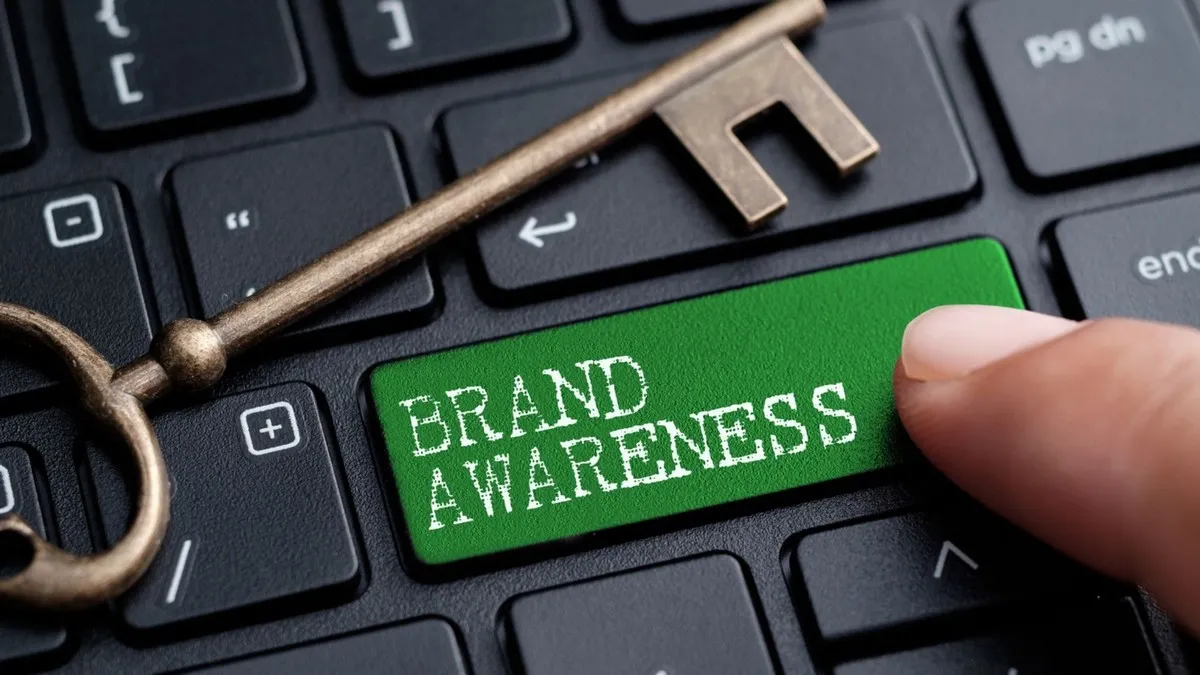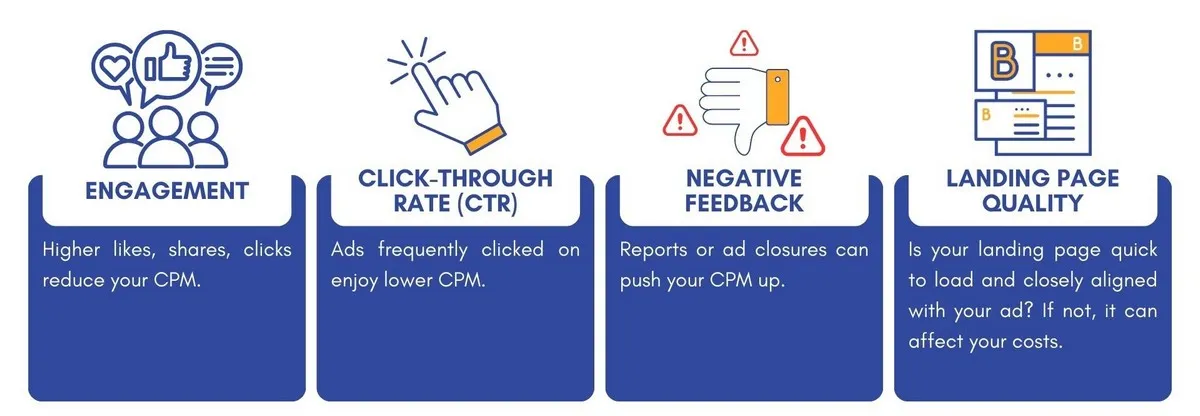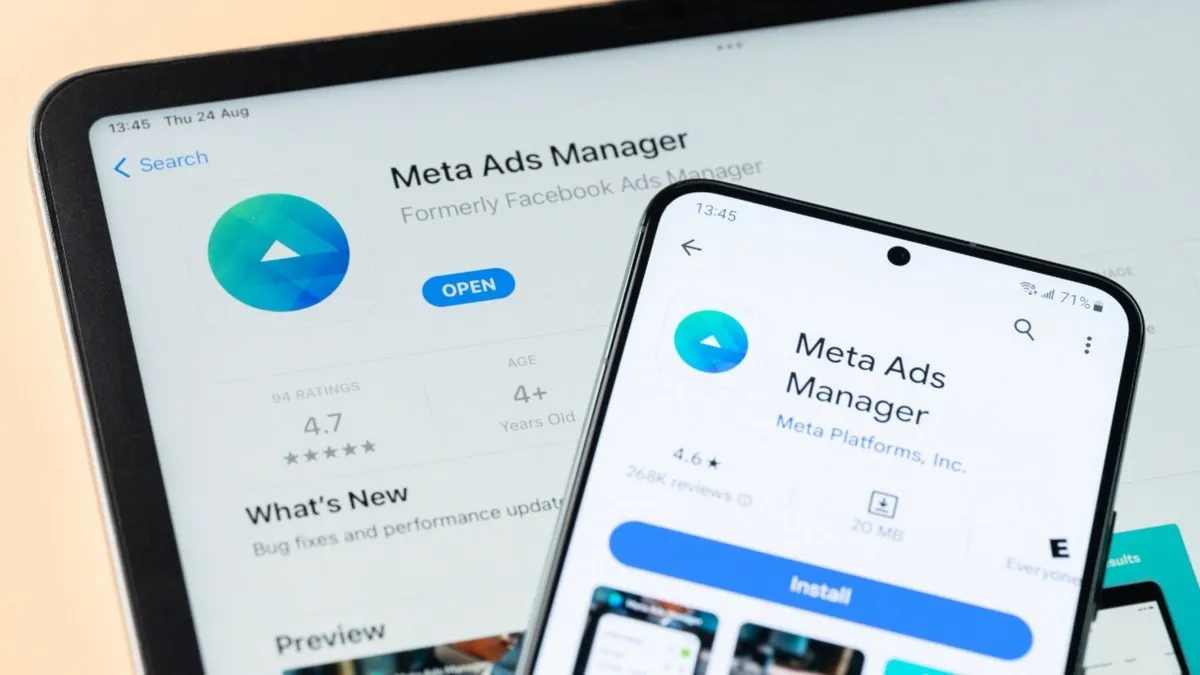
Have you ever found yourself confused by the term CPM? Or maybe you’ve wondered why your ad costs are suddenly skyrocketing without any clear reason?
Well, in this article, I’m going to break things down for you. We’re going to talk about CPM (Cost Per Mille) and how Facebook Ads’ bidding systems can either drive the success of your campaigns or hold them back, depending on how you use them.
What is CPM and Why Does It Matter?
CPM is simply the cost you pay for every 1,000 impressions your ad receives. But hang on it’s not just a number. There’s more to it than meets the eye. A high CPM might sound like a problem, but in some cases, it can actually be an opportunity! The key question here is, what are you getting out of that number? Is your ad generating conversions, engagement, or are people just scrolling past it?
Understanding this metric and what it represents is crucial if you’re serious about running effective campaigns.
How Does Your Ad Objective Affect Your CPM?
When you first set up a Facebook Ads campaign, the first thing you do is select your advertising objective. This simple step plays a massive role in how Facebook’s algorithm manages your ad, who gets to see it, and, of course, how much you end up paying.
Here are a few popular objectives and how they impact your CPM :
01. Traffic vs Conversion

- Traffic
This objective is all about reaching as many people as possible. Facebook prioritizes volume over quality, meaning you’ll likely have a lower CPM. But, because the audience isn’t highly targeted, the ROI (Return On Investment) usually isn’t great.
- Conversion
If your goal is to drive sales or other specific actions, the Conversion objective is a better choice. Facebook will locate the audience most likely to take that action, which makes this option more focused and targeted. The CPM will be higher, but the returns? Often worth it.
Example :
If you’re selling a product, choosing the Conversion objective is much smarter than choosing Traffic. Yes, you’ll pay more for each impression, but those impressions are going to people who are genuinely interested in buying, meaning your ROI ends up much better.
02. Reach vs Engagement

- Reach
If your goal is simply to expose your brand to as many eyes as possible, the Reach objective works best. This is ideal for brand awareness campaigns or product launches. The CPM will generally be low, but don’t expect much interaction.
- Engagement
Want your audience to like, comment, or share your ad? Then Engagement is the way to go. Because it targets users who are more likely to interact, the CPM tends to be higher. But the benefit? A deeper relationship with your audience.
03. Brand Awareness

This objective works well for businesses looking to build recognition, especially for new products or services. However, be cautious, it doesn’t focus on driving specific actions like clicks or purchases. Often, while Brand Awareness objectives come with a low CPM, they may not deliver the best tangible results.
Tips :
Always match your objective with your campaign’s primary goal. Choosing the wrong objective, no matter how great your ad looks, can totally derail its effectiveness!
Factors Influencing CPM
“Why does my CPM keep changing?” That’s a question I get all the time. The truth is, CPM isn’t fixed! It depends on several internal and external factors. Key ones include:
- Audience Quality
The more specific your target audience, the higher the cost. Broad audience targeting may be cheaper, but those audiences tend to be less relevant. On the other hand, targeting well-defined audiences, like previous website visitors (Custom Audiences), results in higher relevance but also higher CPM.
- Competition in the Marketplace
Facebook operates as an auction system. When multiple advertisers target the same audience, demand rises, and so does your CPM. Peak seasons like Black Friday, end-of-year sales, or holiday campaigns often see the most competition.
- Relevance Score
Facebook assigns a relevance score to each ad, based on how well it connects with your target audience. A higher relevance score makes your ad more efficient, leading to lower CPM. Factors influencing relevance include:

- Ad Scheduling
CPM fluctuates depending on when your ad is shown. For instance, during “prime time” (when your audience is most active), CPM often rises due to increased competition.
Example: If your target audience is most active at night, running ads during these hours might mean higher CPM, but they also come with better chances of conversion.
- Placement
Where your ad appears significantly impacts its CPM. Facebook Feed placements typically cost more, as they offer high engagement. If budget is a concern, consider diversifying your placements with Instagram Stories or Audience Network.
Strategies to Lower CPM and Boost ROI
“How do I keep CPM affordable while still getting good results?”
Here are some tried-and-true strategies:
- A/B Testing
Always test different elements in your ads headlines, visuals, call-to-actions, and even audience segments. This helps you identify the combination that works best at the lowest possible cost.
- Improve Content Quality
Your ad needs to grab attention fast. Use eye-catching images or videos, sharp and relevant messaging, and a clear call-to-action. Higher engagement leads to lower CPM.
- Use the Right Bidding Method
Automated Bidding: Lets Facebook optimize for you. Manual Bidding: Offers more control but requires experience to maximize efficiency.
- Optimize Ad Scheduling
Find out when your audience is most active and focus your campaigns at those times to maximize effectiveness.
- Diversify Placements
Don’t limit your campaign to one placement. Mix it up to cover Facebook, Instagram and even other networks for a more balanced outcome.
Is a High CPM Always a Bad Thing?
Not necessarily. A high CPM can mean you’re targeting a highly-specific audience that holds more value for your objectives. This often results in better conversions and ROI. Conversely, a low CPM delivering irrelevant impressions might mean your budget is going to waste.
Running successful Facebook Ads isn’t about spending the most, it’s about leveraging data, strategy, and focus. By understanding CPM, selecting the right objectives, and applying optimization techniques, you’re setting your campaigns up for success.
If you have more questions or need help crafting an ad strategy perfectly tailored to your business, feel free to reach out to our team!






